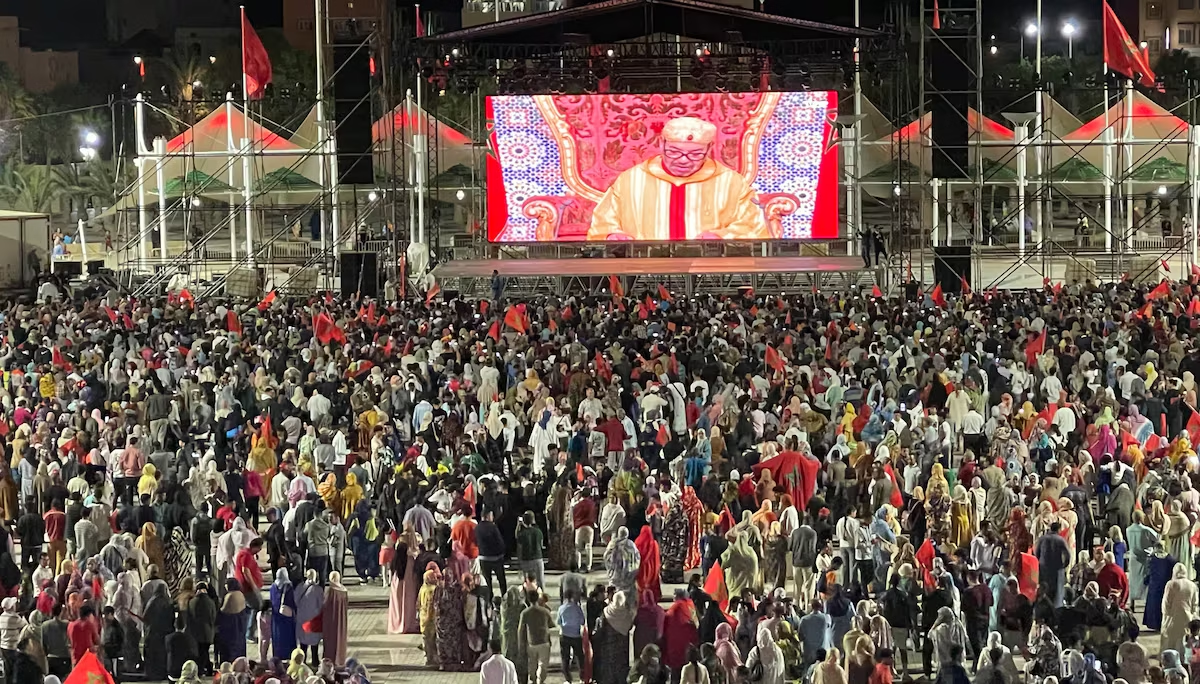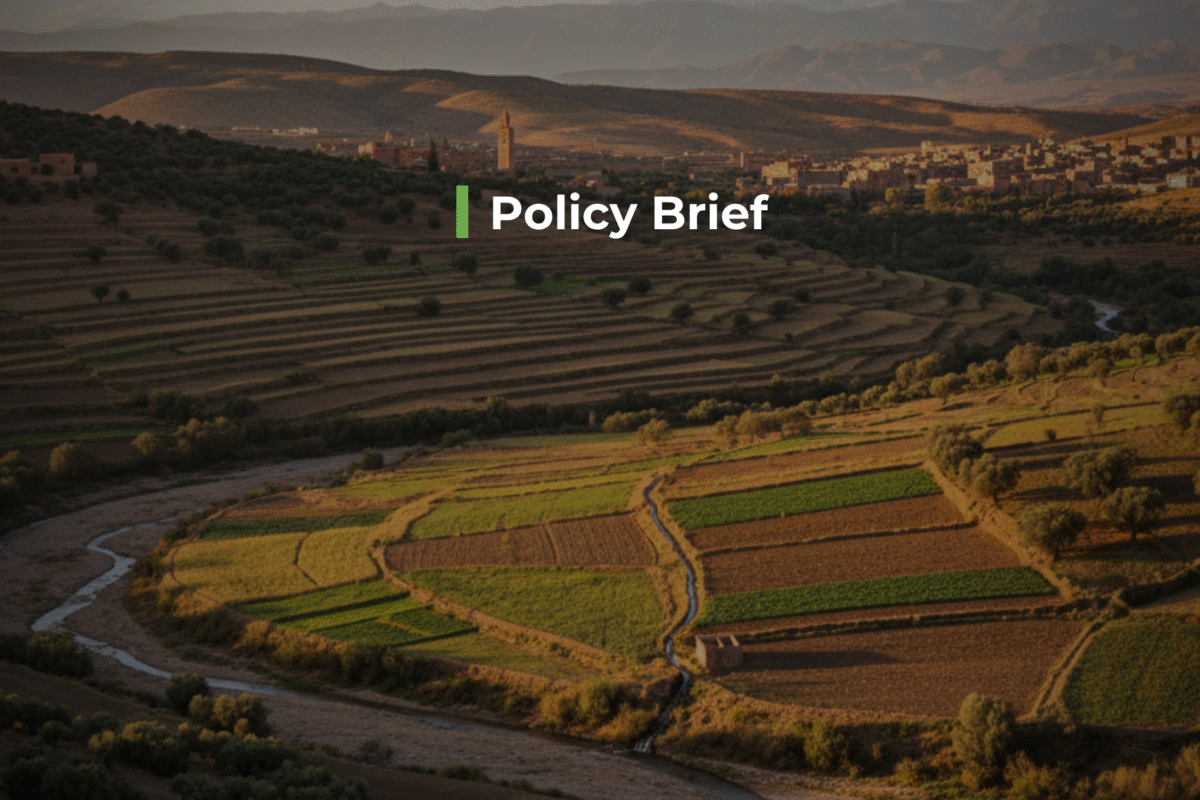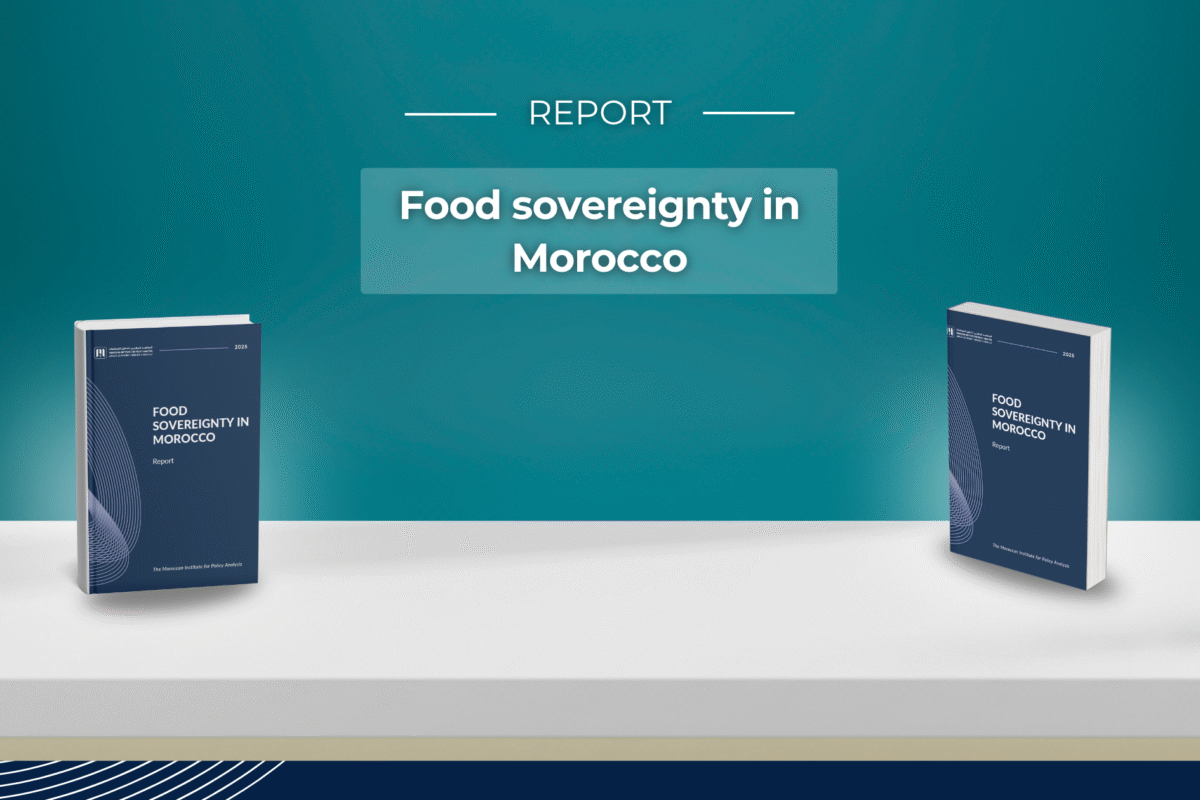The High Atlas Earthquake: Disaster, crisis, and government response
Research Team
Dr. Mohammed Masbah
Dr. Rachid Aourraz
Dr. Hajar Idrissi
Introduction
Natural disasters could be some of the biggest challenges faced by governments around the world. The Al Haouz earthquake of September 8th is the last of a series of shocks that have struck Morocco since the COVID-19 pandemic, posing urgent questions about the Moroccan government’s ability to tackle the situation and rescue the victims. The epicenter of this 6.4 magnitude earthquake was located 70 km southeast of Marrakech, with human and material losses concentrated in the provinces of Al-Haouz, Taroudant, and Chichaoua, and to a lesser extent in Marrakech, Ouarzazate and Azilal. The National authorities reported that 2,946 people lost their lives and 6,125 individuals were injured in the wake of this natural disaster. The government estimates that close to 60 thousand buildings have been totally or partially destroyed, mostly in remote and impoverished mountainous villages, affecting at least 300,000 people (Source: Interior Ministry). The Royal Court announced a three day period of national mourning while immediately establishing a ministerial committee to develop a program for the rehabilitation and reconstruction of damaged homes. This natural crisis also exacerbated pre-existing patterns of vulnerability, and has raised awareness about the pockets of poverty[1] that persist in rural areas, many of which have barely participated in the profound economic transformations undergone elsewhere in Morocco over the past two decades.
Following the news of the tragedy in Morocco, offers of assistance also poured in from around the world, while only responding to offers of support from friendly countries: Spain, Qatar, the United Kingdom, and the United Arab Emirates.
In the wake of the devastating earthquake, an outpouring of solidarity and social mobilization has taken place in the country at a grassroots level. Moroccans from various walks of life, including civil society activists, human rights advocates, and community members, have come together to support the earthquake-affected areas, particularly those in remote mountainous regions, with the provision of food, water, medicine, clothing, and temporary housing. In cities like Rabat, Casablanca, Tangier, Layoune, tens of thousands of Moroccans answered the authorities’ calls to address the urgent need for blood donations. Significant philanthropic steps also emerged in response to the earthquake.
The government also undertook immediately an impact assessment of damage and launched ambitious reforms. Under royal instructions, the Moroccan parliament’s Finance and Economic Development Committees established a dedicated treasury account to collect contributions and donations for earthquake relief, aligning with the legal framework for such accounts outlined in the Moroccan constitution and Finance Law. In addition to these official efforts, numerous NGOs and organizations have launched campaigns to collect funds and assistance. Subsequently, the government has unveiled a new vision for the region, merging prompt financial aid for affected households with an ambitious developmental strategy for the high Atlas provinces. The commission launched recovery efforts met with monthly payment of 2,500 Moroccan dirhams ($242) for a one-year period to the families that have been affected by the earthquake starting Oct. 6, 2023. The payments are among several forms of relief that Morocco plans to provide residents displaced by the earthquake. It will provide temporary rehousing assistance and up to 140,000 dirhams ($13,600) to rebuild destroyed homes (60 thousand buildings destroyed, including more than 500 schools located for the most part in the rural provinces of Al Haouz, Chichoua and Taroudant). It also plans to rebuild about 1,000 schools and 42 health centers.
Perceiving the Disaster
As disasters potentially affect all of us, it is important to better understand their general social and political effects. Disasters can directly impact individuals, leading to damage to their property or posing a threat to their lives and the lives of those close to them. Furthermore, these events have the potential to influence citizens on a deeper level, shaping their perceptions and thoughts. For instance, such crises may have an impact on how citizens think about their neighbors who assisted them during the earthquake. A disaster may also change the way citizens feel about other people in general, e.g., after experiencing that the general public made donations to assist affected individuals. Additionally, a disaster may also affect public opinion about the government, e.g., because citizens feel the government handled the disaster particularly well, or not well at all[2]. In that respect, these social and political effects can arise not only from firsthand experiences but also from indirect exposure to the events, such as through media coverage. Ultimately, in the event of a disaster, individuals turn to various media channels such as television, radio, and online platforms through their phones and computers to gather information and keep themselves updated.
Do social trust, political trust, and government satisfaction therefore generally change following natural disasters? How news has been reported through traditional and new types of media, such as news reporting online and social media? The overall aim of the study is to examine to what extent the Al-Haouz earthquake disaster generally affected social capital and satisfaction with the government among individuals and to explore media coverage as the presumed mechanism underlying information sharing. First, social capital and attitudes towards the government have been recognized by interdisciplinary disaster research as important in relation to disasters, but not always conceptualized thoroughly. Second, these concepts form cornerstones in relation to political culture, democratic governance, and collective action (Putnam, 2000[3]; Ostrom & Ahn 2008[4]).
This study is divided into two sections. The first section deals with how people perceive the government responses to the seismic event. This included evaluating the speed and coordination of emergency response efforts, the deployment of resources for rescue and relief operations, and the overall efficacy of crisis management strategies. It also aims to identify the correlation between the effectiveness of government management during the disaster and the resulting impact on social attitudes. This section also examines how the government’s actions and communication strategies during the crisis may contribute to or diminish public trust and satisfaction.
The second section is concerned with an investigation of the level of communication during the Al-Haouz earthquake crisis and aims to investigate the impact of the disaster on social trust, and government satisfaction by examining the dynamics of information dissemination. This includes an exploration of how traditional and new media outlets, such as online news reporting and social media, contribute to shaping public perceptions and responses.
Research Design
This section outlines the methodology and describes the research design adopted in this study. The findings in this report are based on quantitative data analysis based on a representative sample of 2000 people. The data was collected between October-December, 2023. To ensure the sample’s representativeness, a stratified random sampling approach was employed, using the variable “gender” as a predefined quota to achieve an equitable distribution of females and males in the sample. Data collection was conducted via CATI (Computer Assisted Telephone Interviews). Telephone surveys are structured interviews conducted by an interviewer who records the answers to mostly closed-ended questions. CATI enables interviewers to enter responses immediately into databases that commence aggregation and analysis of the entered data. In addition to this advantage, telephone interviews are relatively inexpensive to administer (unless calling long distance) and of short duration, compared to the time taken by respondents to complete written questionnaires. The research data is then registered, coded, and verified for errors, data gaps and inconsistencies. The clean data is then weighted by gender, age, nationality, and region.
The questionnaire comprises 27 questions. In accordance with the demographic structure of the Moroccan population as outlined by the Higher Planning Commission (HCP 2014), the sample is representative of the Moroccan population aged 18 and above. The quantitative data was analyzed using the Statistical Package for Social Science (SPSS), and the findings were displayed in the form of tables and graphs. The frequencies, percentages, and other inferential or descriptive statistics collected were used to interpret the data.
Footnotes
[1] According to HCP 2014 poverty map database, the closer to the epicenter, the higher the incidence of both multidimensional and monetary poverty, well above regional and national averages. Education metrics, including the illiteracy rate, often worsen in proximity to the earthquake’s epicenter.
[2] Albrecht, F. 2017. The Social and Political Impact of Natural Disasters: Investigating Attitudes and Media Coverage in the Wake of Disasters. Appsala University.
[3] Putnam, R.D., 2000. Bowling alone : the collapse and revival of American community, New York: Simon & Schuster.
[4] Ostrom, E. & Ahn, T.K., 2008. The meaning of social capital and its link to collective action. In J. W. van Deth & G. Wolleb, eds. Handbook on social capital. Northhampton, MA: Edward Elgar Pub, pp. 17–35
MIPA Institute
MIPA is a non-profit independent research institution based in Rabat, Morocco. Founded by a group of transdisciplinary researchers, MIPA’s mission is to produce systematic and in-depth analysis of relevant policy issues that lead to new and innovative ideas for solving some of the most pressing issues relating to democracy.



